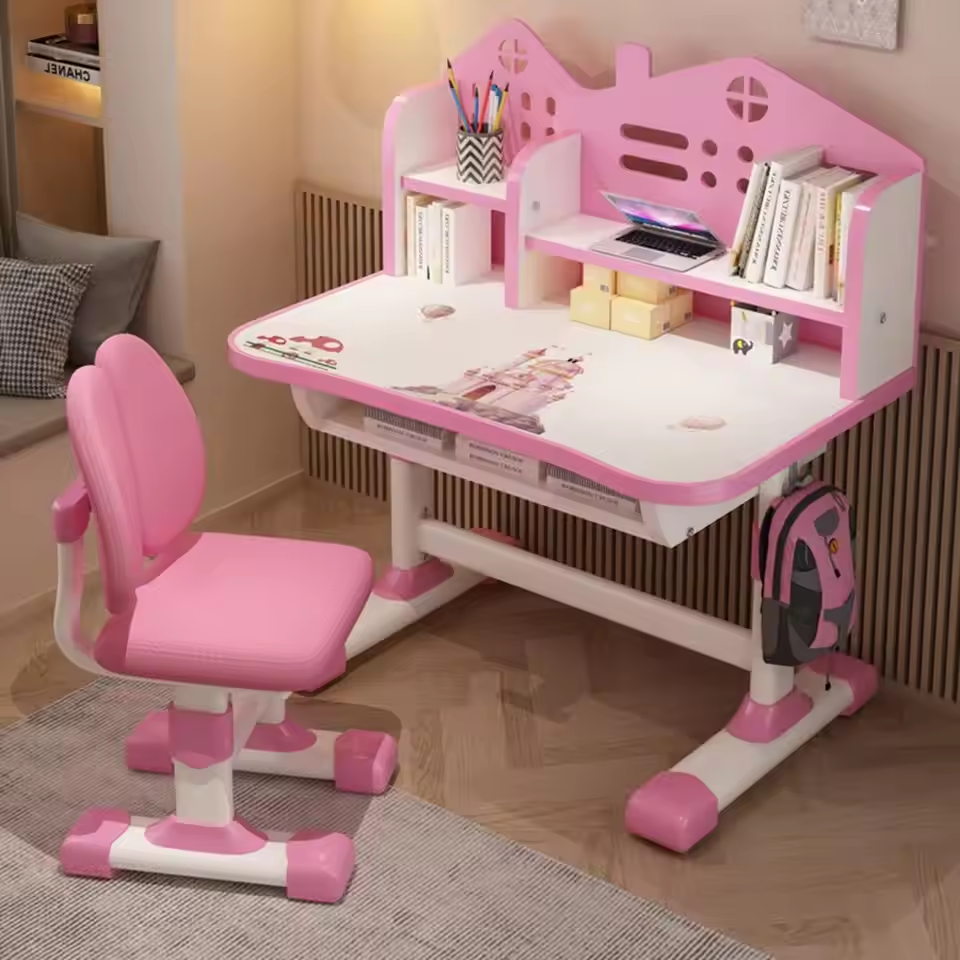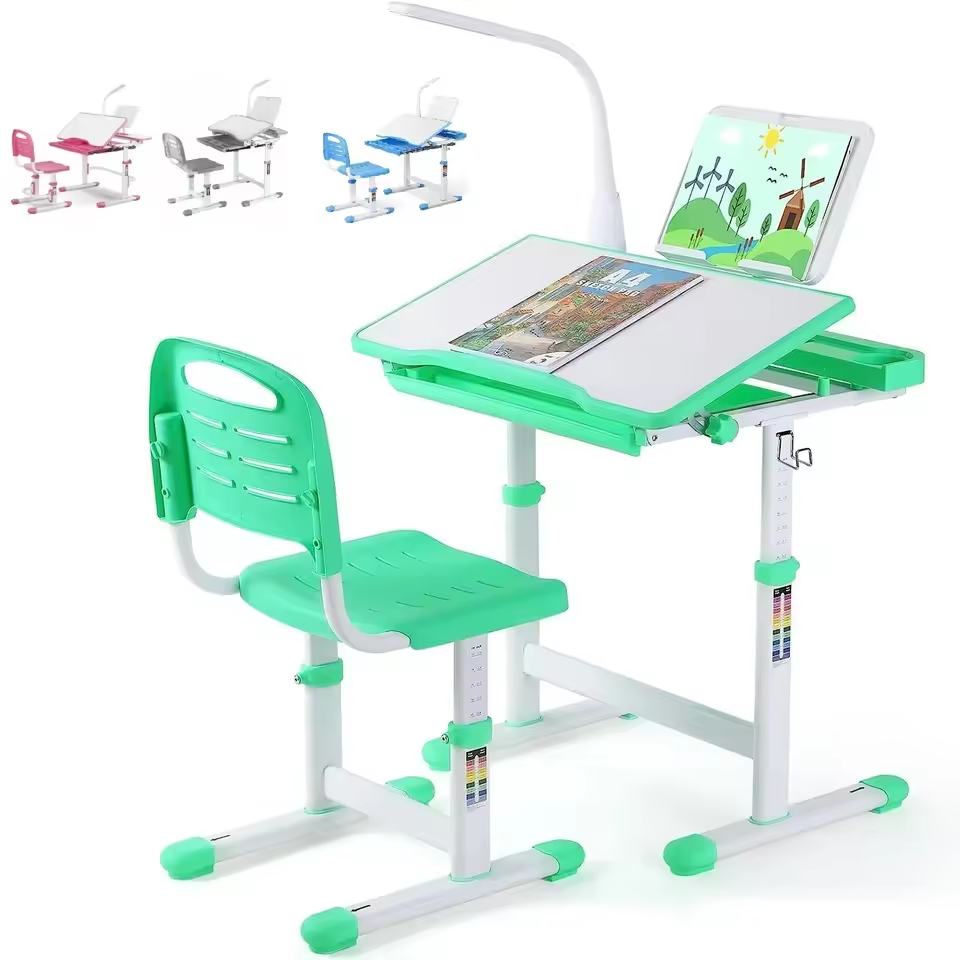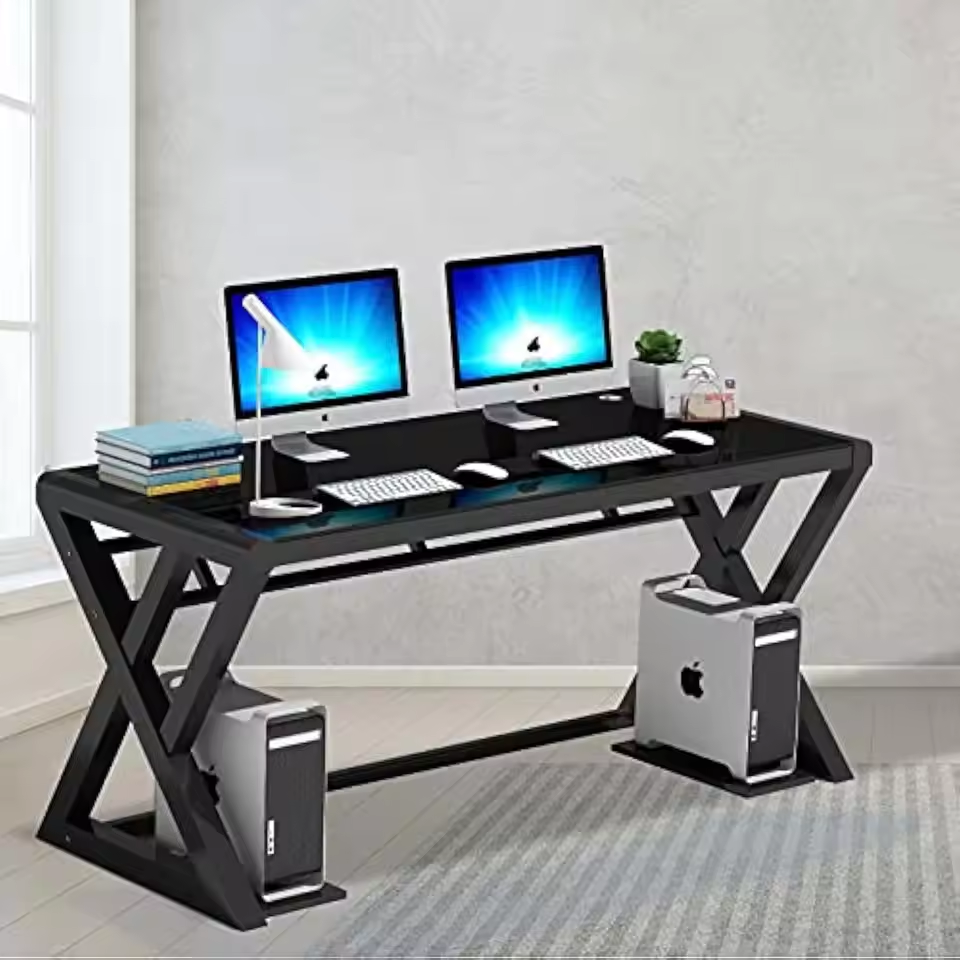Importance of a Dedicated Writing Space for Kids
Creating a dedicated writing space for kids is crucial for several reasons. First, it provides a consistent area where they can focus on writing and learning activities. It’s a spot that signals to them that it’s time to engage their minds. This space helps in fostering a routine, which is important for developing good study habits.

A writing desk for kids also gives them a sense of ownership and responsibility. It’s their personal area to keep their writing tools and materials. When children feel that they have their own special place for creativity, they are more likely to take pride in their work. Furthermore, having a place where they can leave projects laid out can reduce clutter in other areas of the home, making organization easier for everyone.
Moreover, a personal writing desk can boost a child’s confidence. Completing homework or projects in their designated space can give them a sense of accomplishment. It can also reduce distractions, allowing them to concentrate better, which can lead to improved academic performance.
Lastly, a writing desk tailored for kids can support proper physical development. Desks designed for adults can be too high or too deep, causing kids to hunch over or stretch too far, leading to poor posture. A writing desk suited to their size promotes good ergonomics, ensuring comfort and better focus during writing activities.
Factors to Consider When Choosing a Kids’ Writing Desk
Choosing the right writing desk for kids involves several factors. Size is the first element to think about. Make sure the desk fits the child’s height and has enough space for their legs. A desk that’s too tall or too short can hinder comfort and focus.
Safety is another critical aspect. Pick desks with rounded corners and stable construction to prevent accidents. Also, check for non-toxic materials, especially if younger children will use the desk.
Consider the desk’s functionality as well. It should have sufficient surface area for writing and other activities. It’s helpful if the desk includes compartments or drawers for storing supplies and keeping the space tidy.
Style plays a part in motivating children to use their desk. Let them have a say in the design; after all, they’re more likely to use a desk they love. Aesthetic should complement the room’s decor, making the space inviting and inspiring.
Adjustability can extend the lifespan of the desk. Desks that grow with your child are economical and ensure proper ergonomics as they develop.
Lastly, think about the future. Will the desk serve them for several years? Is it versatile for various projects and homework? Investing in a quality writing desk for kids means considering long-term usability.
In summary, when selecting a writing desk for kids, focus on size, safety, functionality, style, adjustability, and future use. These factors ensure that the desk will support your child’s creativity and academic journey.
Top Writing Desk Designs for Kids’ Rooms
When furnishing a child’s room, selecting the right writing desk can be key to inspiring creativity and learning. Here are some top desk designs that blend functionality with style, making them ideal for kids’ rooms.
Colorful and Themed Desks
Desks with bright colors or themes can spark joy and interest in children. Choose a desk that features their favorite colors or characters. This makes the space feel personal and exciting for them.
Multi-Functional Desks
Look for desks that serve multiple purposes. Many come with built-in bookshelves or a corkboard for pinning art and reminders. These promote organization and allow kids to personalize their space.
Wall-Mounted Desks
For smaller rooms, a wall-mounted desk can be a great space-saver. They can be folded away when not in use, keeping the room open for playtime.
Artistic Creation Stations
Desks that double as easels encourage artistic expression. With storage for paints and brushes, these desks are perfect for young artists who love to draw and paint.
Classic Wooden Desks
A traditional wooden desk can offer a timeless look that grows with the child. It’s sturdy and can handle the wear and tear of daily use.
Each design offers unique benefits that can suit different needs and preferences. By choosing a desk that appeals to your child’s taste and supports their activities, you make their writing desk a cornerstone of their creative and academic growth.
Ergonomic Writing Desks for Children
When choosing a writing desk for kids, ergonomics should be a top priority. An ergonomic desk promotes good posture, which is essential as children grow. Here are some things to consider:
Adjustable Height Desks
Desks with adjustable legs can grow with your child. Ensure the desk height matches their arm level when seated.
Tilted Desktop
A slightly tilted desktop can prevent slouching. It helps children read and write at a better angle.
Suitable Chair Pairing
Pair the writing desk with an ergonomic chair. The chair should support the child’s back and allow their feet to rest flat on the floor.
Accessible Design
Choose a desk where all items are within easy reach. This prevents children from straining or twisting to grab their tools.
By focusing on these ergonomic features, you can provide a comfortable and supportive writing environment for your child.
Creative Storage Solutions for Kids’ Writing Desks
Incorporating creative storage solutions into your child’s writing desk is vital for maintaining a clutter-free space. Here are some inventive ideas to maximize organization and foster a productive environment.
Use Vertical Space Effectively
Take advantage of vertical space with shelves and hanging organizers. These keep supplies off the desk but within reach.
Opt for Desks with Built-in Storage
Choose desks with drawers and compartments. These built-in features help to sort items and keep the surface clear.
Add Storage Accessories
Consider adding pencil holders, file organizers, or stackable trays. These can store various items and can be easily rearranged.
Invest in Multipurpose Furniture
Select furniture that doubles as storage, like a desk with a bookcase attached. This saves space while offering extra room for books and materials.
Encourage Regular Clean-ups
Make tidying up a fun activity. Regularly sorting through desk clutter can become a positive habit for your child.
Label Everything
Use labels to mark drawers and containers. This helps kids to find things quickly and put them back after use.
By implementing these storage solutions, your child’s writing desk for kids can become an inspiring and organized space for them to learn and create.
Integrating Writing Desks into Play Areas
Creating a fun and productive space for children often means combining play and work areas. Integrating a writing desk for kids into play areas can be a game-changer. Here’s how to do it effectively:
Choose the Right Location
Select a spot in the play area that is quiet enough for focus, yet close enough to play zones. This proximity helps kids switch between tasks without feeling isolated.
Make it Fun
Incorporate playful elements around the writing desk. Add colorful mats or stickers that resonate with the playroom’s theme to draw kids to their desks.
Use Modular Furniture
Opt for modular writing desks that can be easily moved or reconfigured. This flexibility allows you to adapt the space as your child’s needs change.
Combine Seating Options
Provide various seating options like bean bags or floor cushions. This gives children the freedom to choose where they feel most comfortable while working.
Maintain a Balance
Ensure that both the play area and the writing desk are inviting. Avoid overcrowding the desk with too many supplies which can seem overwhelming.
Create a Visual Connection
Design the space so that the child can see both the play area and the writing desk. This helps them associate creativity with both play and work.
Combining play areas with a writing desk makes transitioning between activities seamless, encouraging continuous learning and creativity. By considering these tips, parents can create a cohesive space that nurtures their child’s growth and imagination.
Tips for Maintaining an Organized Writing Desk
Maintaining an organized writing desk for kids is not only about neatness. It also fosters efficiency and a love for learning. Here are practical tips to keep the writing desk clutter-free and conducive for a child’s creativity:
Make a Habit of Daily Clean-ups
Encourage your child to make cleaning up part of their daily routine. A tidy desk at the end of the day sets a fresh start for tomorrow.
Utilize Desk Organizers
Desk organizers can sort pens, pencils, and other tools. Ensure each item has its place, so everything is easy to find.
Keep Only the Essentials on Top
Limit the desk surface to essential items only. Too many things can distract and overwhelm a child.
Assign a Homework Drawer
Designate a specific drawer for homework and current projects. This keeps important papers from getting lost.
Regularly Sort Through Papers
Sit with your child regularly to sort through papers. Decide what should be kept, thrown away, or displayed on a bulletin board.
Label Items Clearly
Clear labels on drawers and containers help your child know where things belong. It encourages them to return items after use.
Implement a ‘No Toys’ Rule
Unless there’s a designated play hour, keep toys away from the writing desk. This helps maintain a work-focused environment.
By implementing these tips, you can help your child maintain an orderly writing desk for kids. This not only helps keep their room clean but also promotes good habits and supports their academic growth.
The Role of Writing Desks in Supporting Academic Growth
A well-chosen writing desk for kids can have a significant impact on their academic growth. Here’s why:
Encourages Regular Study Habits
A personal desk signifies a ‘study zone’. This cues kids to practice regular study habits.
Fosters Organizational Skills
With their own space, children learn to organize their supplies and work. This is crucial for academic success.
Enhances Concentration
A distraction-free desk area allows kids to focus better. Hence, they can absorb and retain information more effectively.
Supports Writing Skills Development
Repeated practice in a personal, comfortable space enhances children’s writing abilities over time.
Adapts to Learning Stages
Adjustable and versatile desks grow with children, meeting their needs through various learning stages.
Allows for Academic Personalization
Kids can make the space their own, which can boost their motivation to engage in academic tasks.
By prioritizing the selection of an appropriate writing desk for kids, parents can play a pivotal role in promoting their child’s educational development and success.